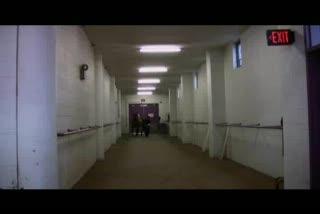"There are two reasons why the Lameness Locator is better than the naked eye," Keegan said. "It samples motion at a higher frequency beyond the capability of the human eye and it removes the bias that frequently accompanies subjective evaluation."
The product has drawn attention from outside the veterinary world; the National Science Foundation (NSF) has awarded a two-year Small Business Technology Transfer (STTR) Phase II Grant of $500,000 for further research and development of the current technology. The grant was awarded to Equinosis, a faculty start-up with license from the University of Missouri to develop and commercialize the product, after successful completion of a Phase I study which was instrumental in developing the prototype. Equinosis has subcontracted to the University of Missouri to complete some of the additional research. In this second NSF grant, the goals include expanding analysis to other gaits in horses, like the foxtrot, pace and canter, improving existing analysis sensitivity, developing a parallel device for horses that measures incoordination from neurological disease, improving sensor design, expanding analysis to type lameness based on diagnosis, developing sens! ors and expanding analysis to detect and evaluate lameness in dogs, and porting existing analysis to run efficiently on smaller computing platforms such as cell phones or iPads.
"Our biggest challenge now is to introduce this to veterinarians, train them on the proper usage and interpretation of the data, and show them that it really works," Keegan said.

The most common ailment to affect a horse is lameness. A University of Missouri equine veterinarian has developed a system to effectively assess this problem using motion detection. This system has been referred to as "Lameness Locator."
(Photo Credit: MU News Bureau)

Kevin Keegan is a professor of equine surgery in the College of Veterinary Medicine.
(Photo Credit: MU News Bureau)
Source: University of Missouri-Columbia